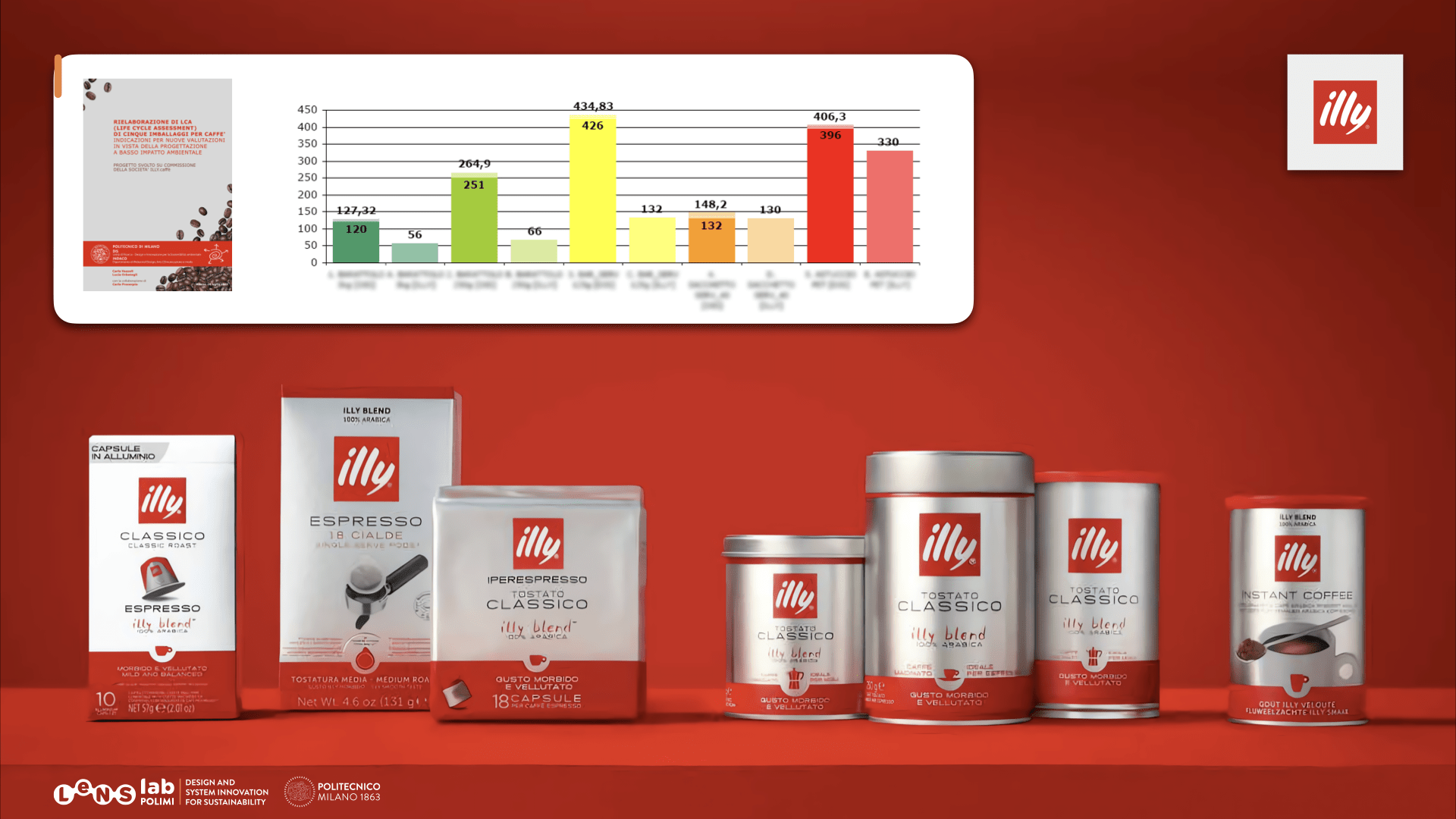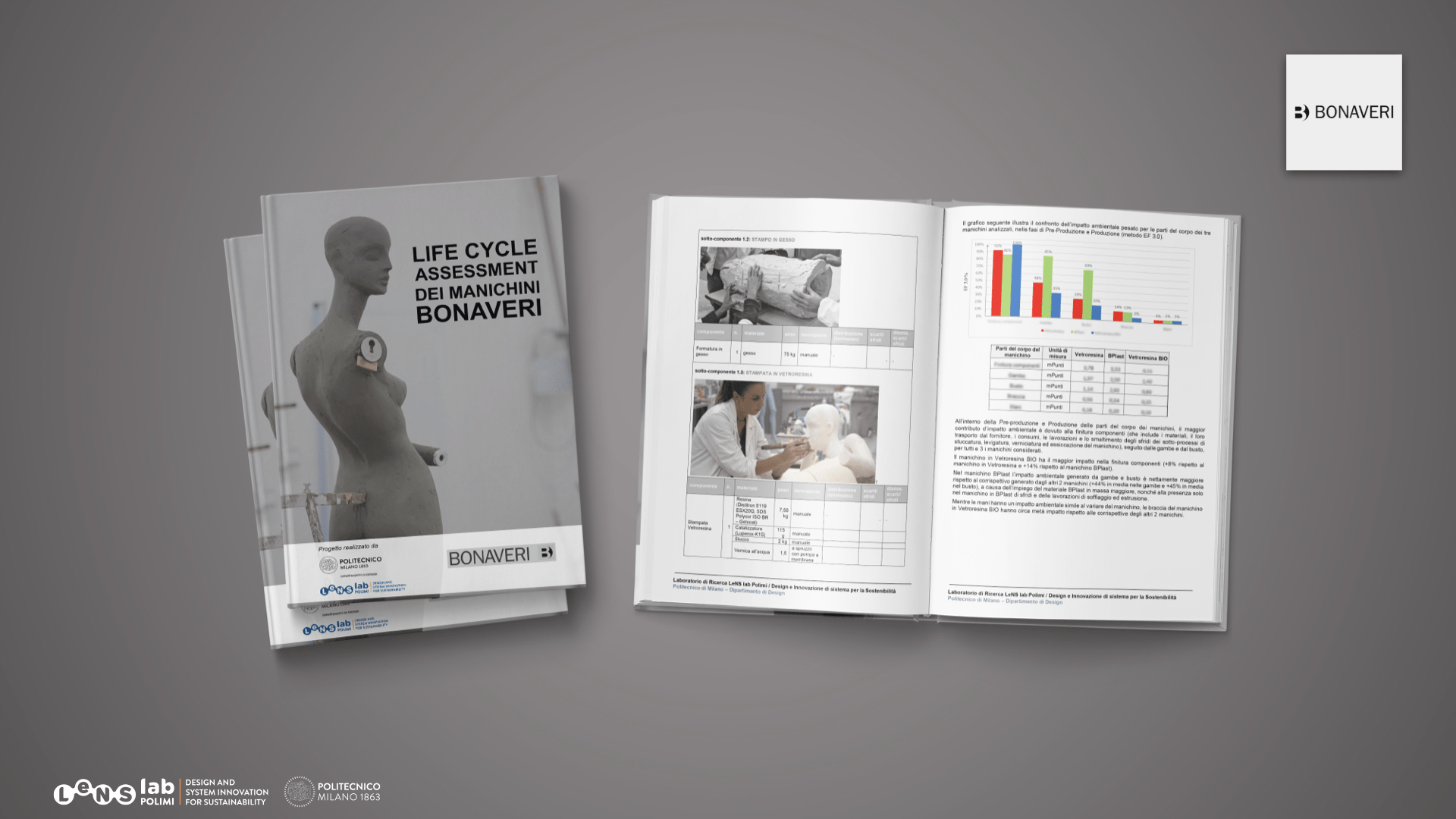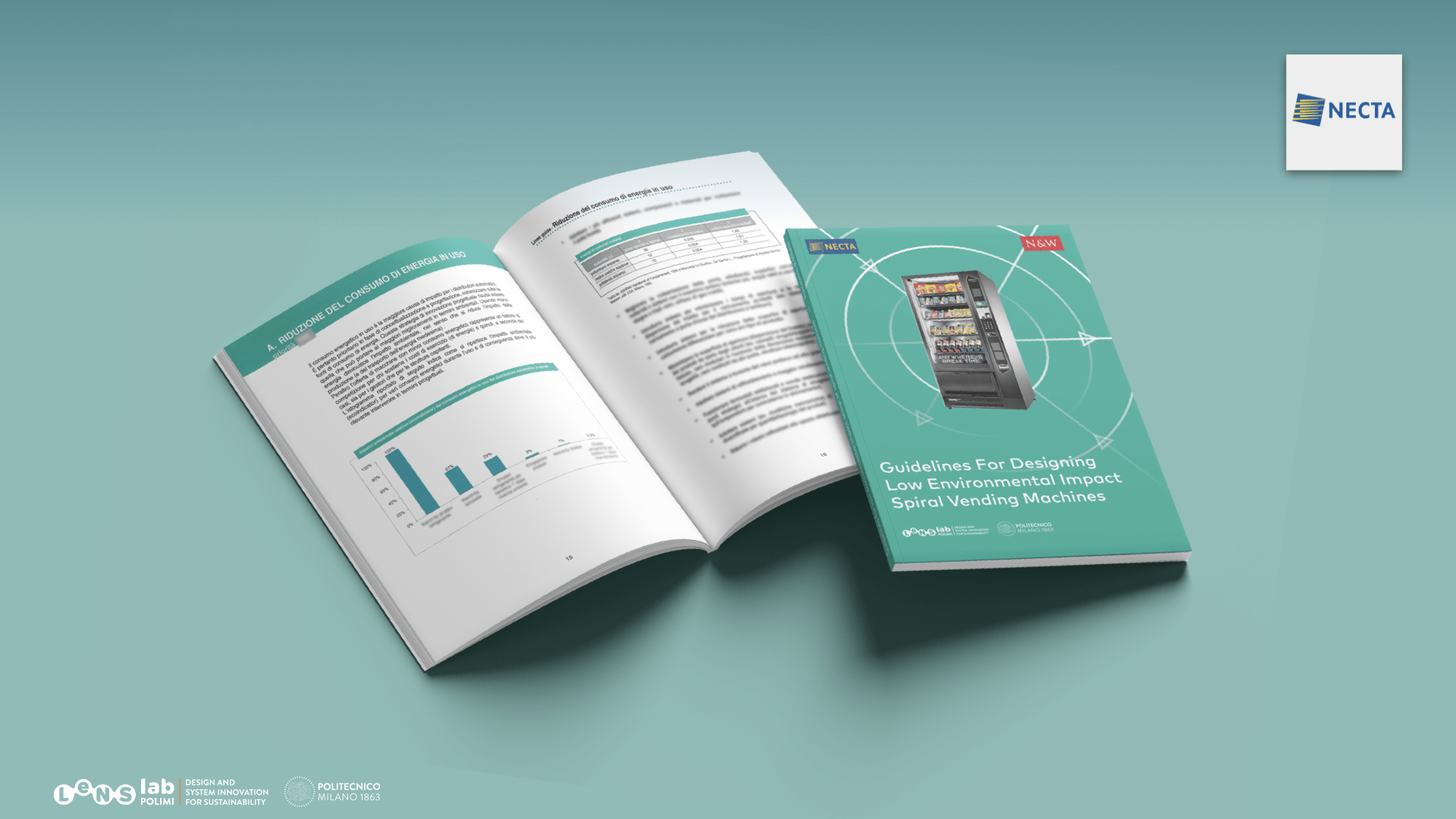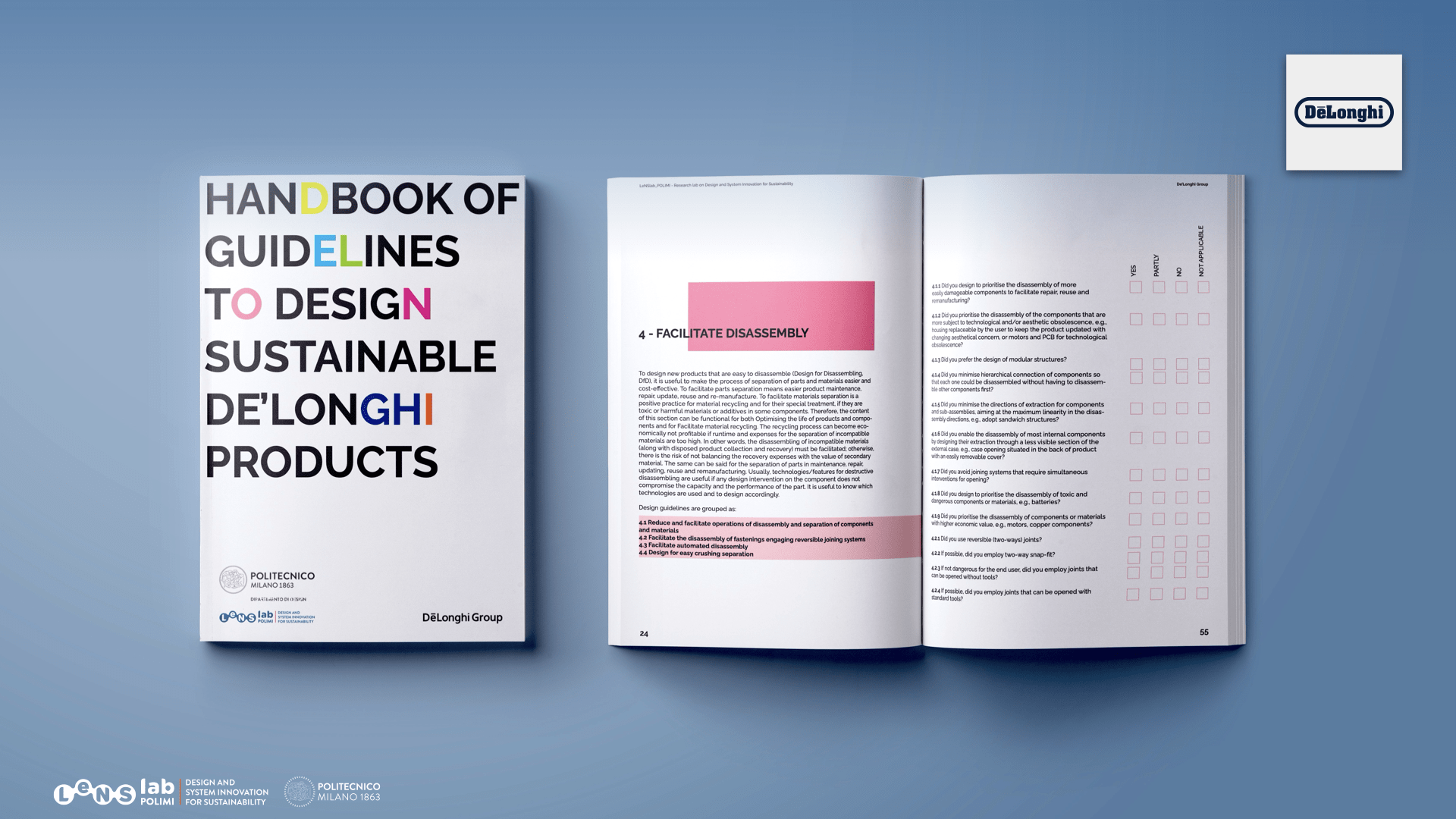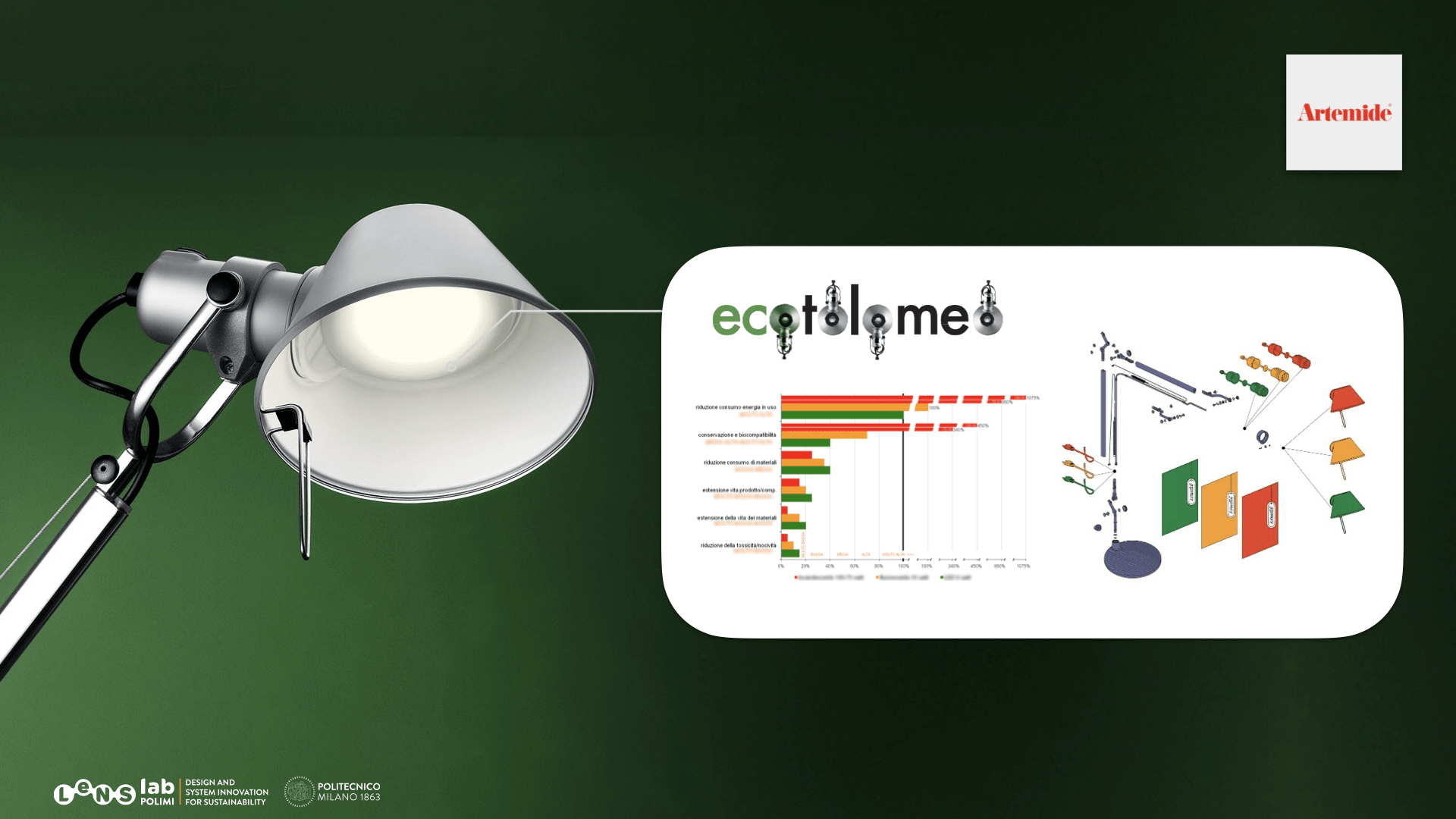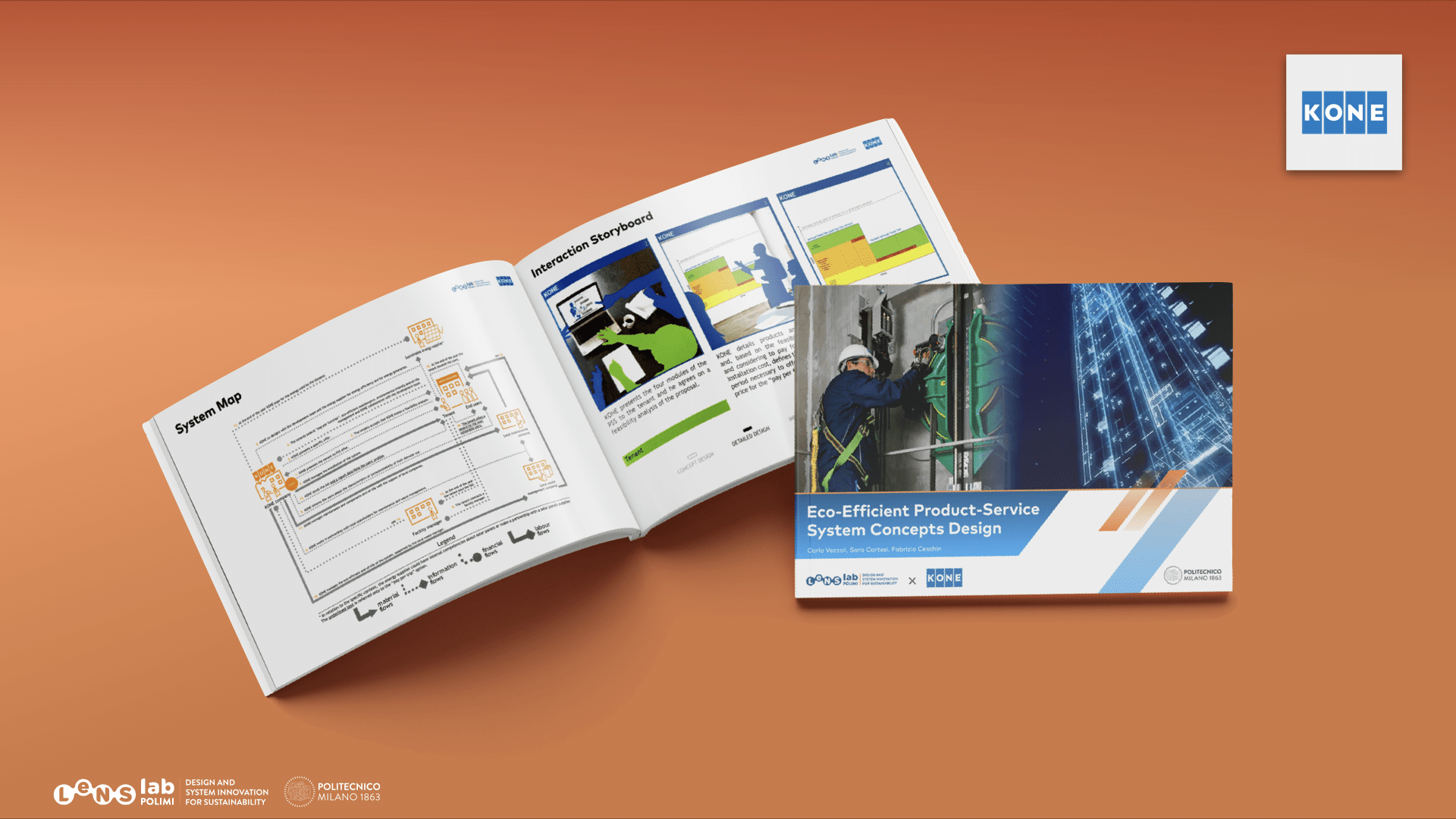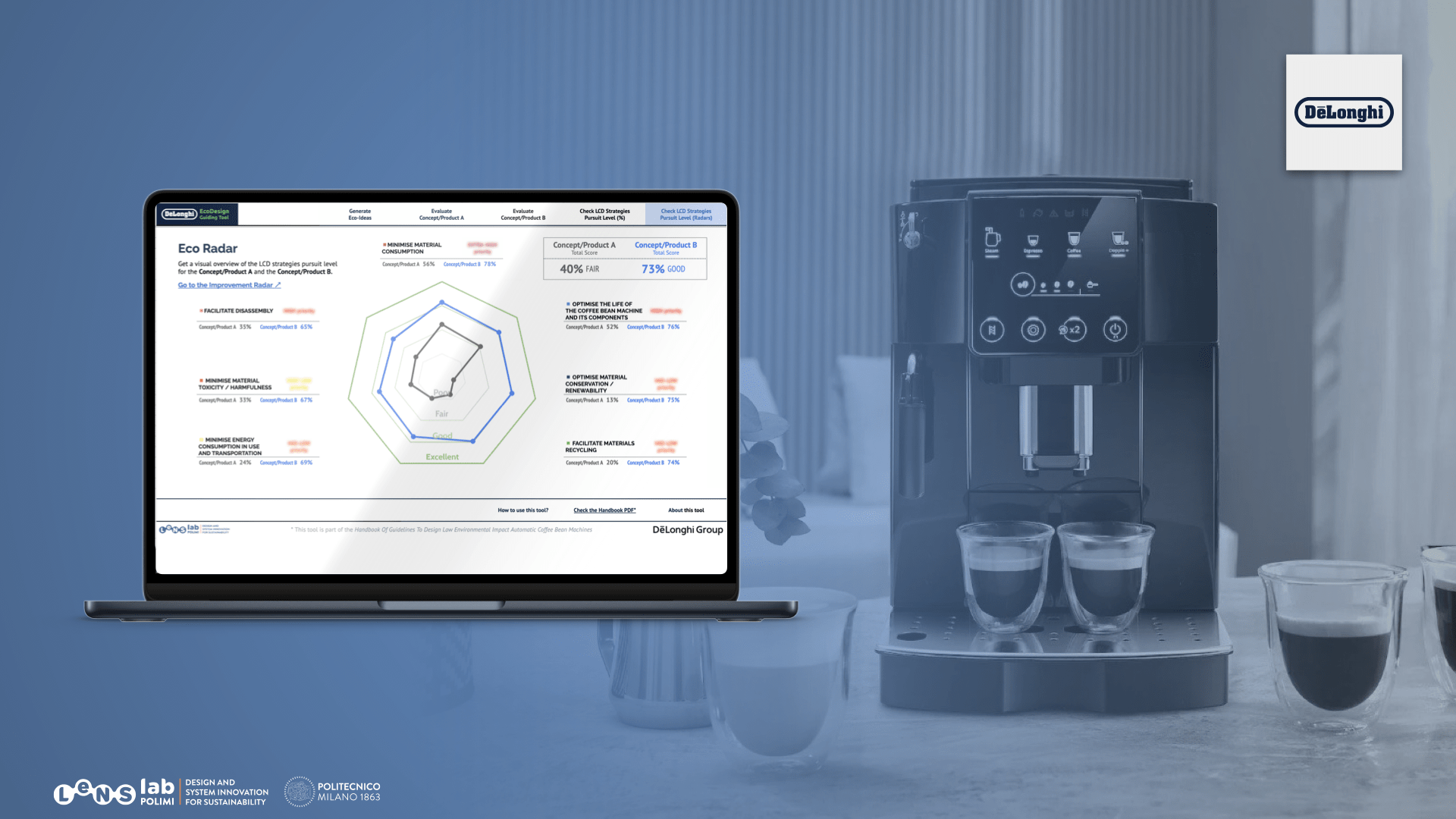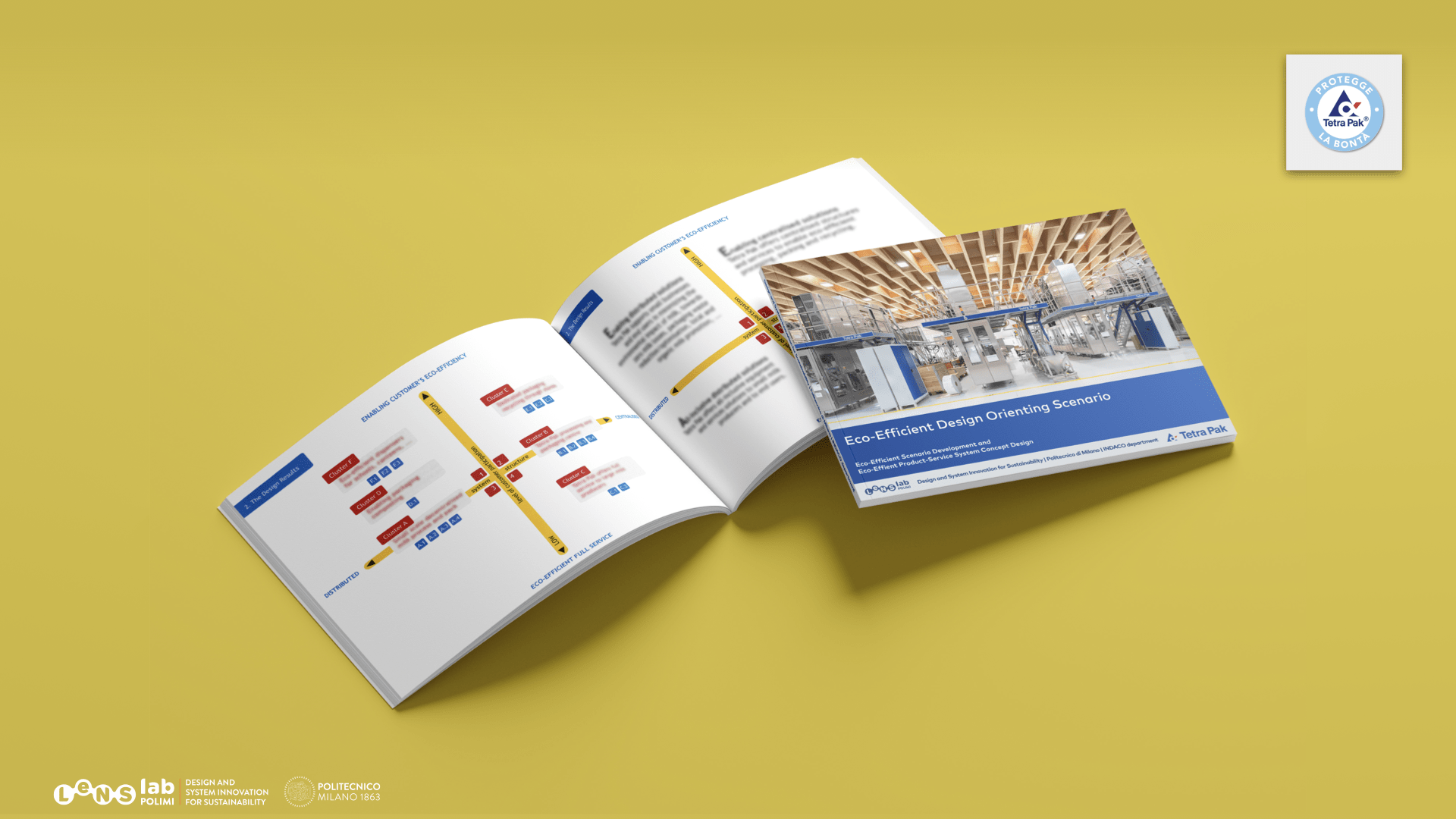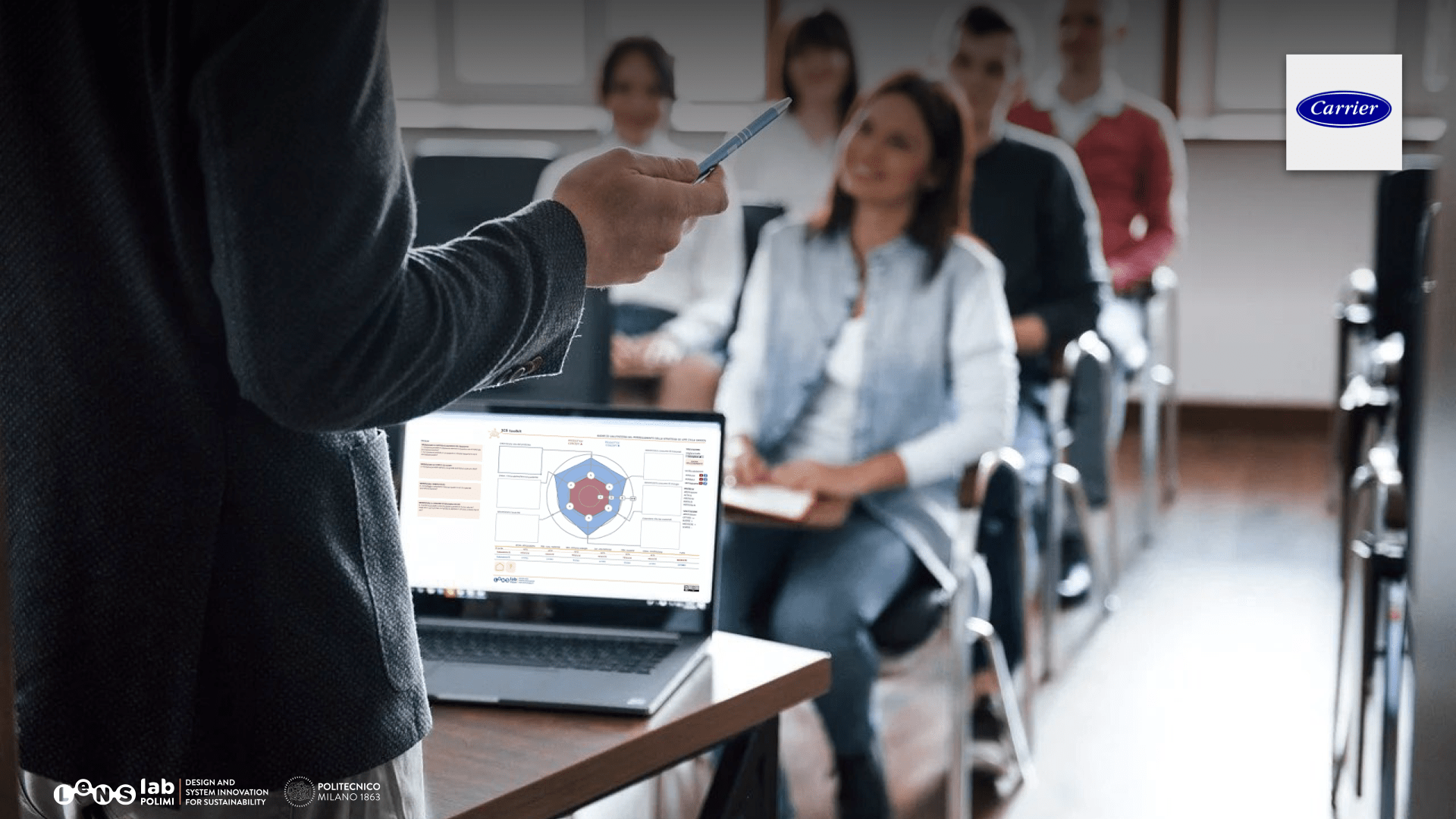AIMS
This is a lifecycle-based design guideline tool to develop resource-efficient products in the early design stages. The tool is intended to guide the designer to relevant design recommendations depending on product characteristics. The tool is primarily aimed for designers; however, as pointed out in the tool, it can be used by other personnel to initiate training in resource efficiency and life cycle thinking (see Supplementary Materials, REDIG tool). The tool is also intended to provide information about environmental trade-offs, to cover design measures over the whole product lifecycle that lead to resource efficiency, and to be applicable for all product types.
HOW TO USE THE TOOL
- An exercise where the designer qualitatively draws the material flows of the current product’s lifecycle
- Identify relevant product characteristics and direct them to appropriate design guidelines with guideline question trees
- Depending on product characteristics, designers collect design recommendations that are related to the use phase (Table A1 for durable products, Table A2 for consumable products; Appendix A); implications for production and consequently material selection (Table A3); design guidelines with implications for the post-use phase (Table A4).
- Additional information on each design consideration to exemplify how improvements can be achieved (Table A5)
Note :- The tables and appendix mentioned above are available in the link provided below.
RESULTS AND VIEW THE TOOL : https://doi.org/10.1177/0954405416668928
Product Processes and stages
PSS Processes and stages
- LCA or qualitative env. evaluation on ref. product (Product strategic brief/Design brief)
- Environmental features + simplified LCA or qualitative concept evaluation (Product concept design)
- Simplified LCA or qualitative concept evaluation(Product concept design)
- LCA of alternative process and LCA/qualitative evaluation of the product (Product detailed design and engineering)
- LCA of comparison with original product or qualitative evaluation (Product detailed design and engineering)
- Documentation for communication for environmental quality (Product communication)
- Sustainability analysis of the existing PSS (Service strategic analysis/design brief)
- Environmental, socio ethical and economic check (Service concept design, Service detailed design & engineering)
- Documentation for communication of sustainable qualities (Service communication)


